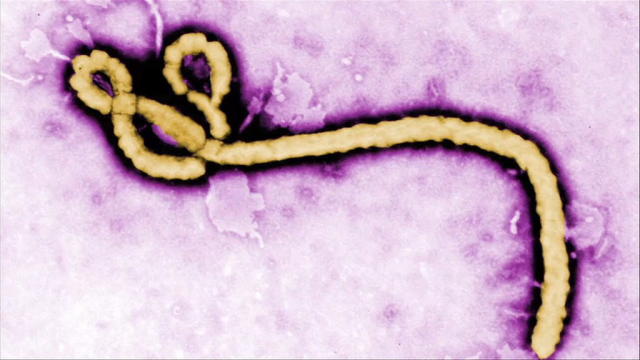 |
EBOLA ORIGINS: WHERE THE OUTBREAK STARTED
The true reservoir for Ebola —
that is, where the virus hides when it's not causing outbreaks in people
— is not known for sure, but experts say that bats are the likely source of the deadly virus.
"There's a strong circumstantial case, but we haven’t actually got a
total smoking gun," said Derek Gatherer, a bioinformatics researcher at
Lancaster University in the United Kingdom.
The first known human cases of Ebola occurred in 1976 during two
simultaneous outbreaks in Sudan and the Democratic Republic of Congo,
which sickened more than 600 people, according to the World Health
Organization.Nearly 20 years later, in 2005, researchers looking for the reservoir of Ebola
sampled more than 1,000 small animals in the Central African nations of
Gabon and the Republic of the Congo, which have also experienced
outbreaks of Ebola. They tested 679 bats, 222 birds and 129 small
terrestrial vertebrates.
The
only animals found to harbor the Ebola virus were bats, specifically,
three species of fruit bat: The hammer-headed bat, Franquet's epauletted
fruit bat, and the little collared fruit bat. [10 Deadly Diseases That Hopped Across Species]
At least two of these fruit bat species are also found in Guinea — which is where the current Ebola outbreak in West Africa began — so it's possible that these bats were sources for the outbreak, Gatherer told Live Science.
Researchers in Guinea are now sampling bats in that region to see if
any test positive for Ebola, Gatherer said. The current outbreak has
sickened more than 5,000 people, and of these, more than 2,600 people
have died, according to the World Health Organization.
If bats are the source of the virus, one way people might become
infected is by handling bats that are eaten for food, Gatherer said. For
example, bat soup is a delicacy in the region.
Officials in Guinea took the step of banning the consumption and sale of bats in March, after the outbreak began, he said.
But it's not necessarily the eating itself that leads to Ebola
infection —cooking would likely kill the virus, Gatherer said. Instead,
it's the butchering of bats and handling of raw bat meat that's more
risky, he said.
Still, it's
not known for certain whether bats are the only reservoirs of the virus,
or whether it is infections in bats that spilled over to people,
Gatherer said.
A stronger
case could be made for bats as the source of infection if researchers
found the same genetic sequence for Ebola in people and in bats in the
region, Gatherer said.
There
is some evidence that, rather than being a virus that is always carried
by bats, Ebola is actually causing an outbreak in bats — that is, it is
being spread among bat populations.
By looking at the virus' genetic material, researchers have found that
the same Ebola virus has been carried from bats in Central Africa to
bats in West Africa over the past 10 years, Gatherer said.
The virus could have been carried by bats or by people, but if it was
carried by people, researchers would have expected to see cases along
the way, Gatherer said. "It's probably more likely that there's an
epidemic going on in bats, but we can't be absolutely certain," Gatherer
said.